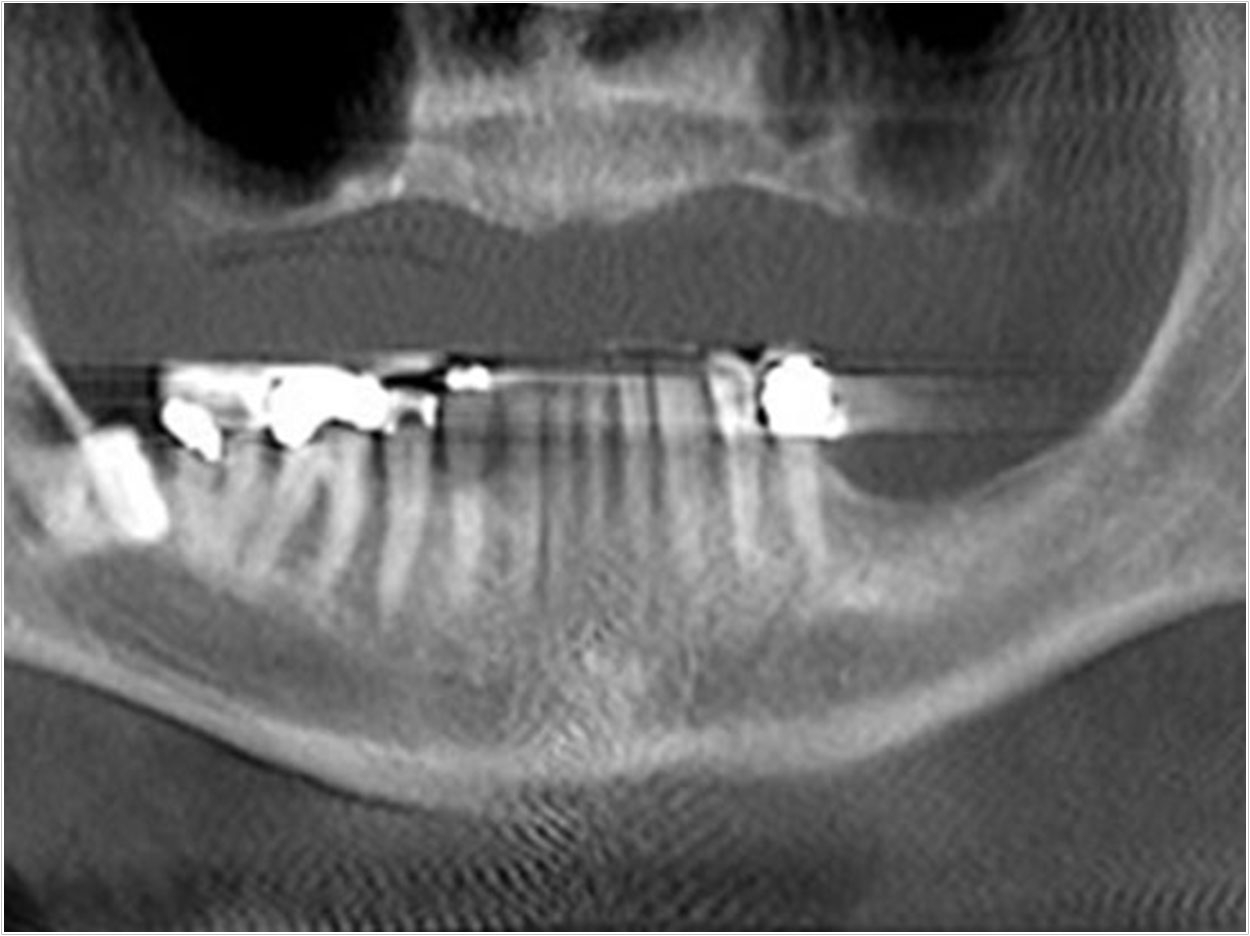
Computed tomography (CT) is used excessively for scanning dental infections even though history and physical examinations can help correctly diagnose higher-risk infections before having patients undergo the scanning, which is associated with high costs and long-term potential for cancer, according to researchers at University of Florida Health—Jacksonville.
Developing guidelines for ordering a CT scan could lower costs and radiation exposure by significantly reducing unneeded scans, the researchers said. For example, 47.2% of the study’s 470 adult patients who presented with an odontogenic infection at the emergency department underwent an unneeded CT scan. Among patients with low-risk infections, 78.2% of the 284 CT scans were found to be unnecessary.
The researchers ruled a CT scan unnecessary if patients did not have a “red flag” during their physical examination. These signs include voice change, elevated floor of the mouth, indications of inflammation of deep connective tissue spaces, swelling around the eyes, labored breathing, trismus (lockjaw), and difficulty swallowing or painful swallowing.
A CT scan also was determined to be unnecessary if the infection did not spread past spaces next to the teeth. However, CT scans were ruled necessary if they were conducted on patients with the disease in a space that posed a moderate to high risk to the airway or nearby vital structures.
Researchers found a strong correlation between red-flag signs and moderate- to high-risk infections that call for a CT scan. Also, findings from history and physical exams were extremely predictive of the presence of moderate- to high-risk infections that warrant ordering a CT scan.
Among red-flag signs, moderate- to high-risk infections were found in all patients with voice change, in 88% of patients with elevated floor of the mouth, in 75% of patients with difficulty swallowing (known as dysphagia) or painful swallowing (odynophagia), and 68% of patients with trismus.
The researchers believe that the establishment of guidelines for standardizing ordering would be the first step that oral and maxillofacial surgeons can take to reduce the number of unnecessary CT scans. In theory, these guidelines would decrease the number of unnecessary scans ordered while standardizing ordering practices among providers.
Medical imaging induces about 2% of cancers, the researchers said, adding that cost is another issue. Patients underwent unnecessary CT scans when less costly panoramic imaging would have been more suitable.
A CT scan of the head and neck in Jacksonville, Florida, where the study took place, costs about $1,219 to $3,328, depending on whether a patient is in network, while panoramic imaging totals $135. Appropriate radiologic imaging presents a large potential for cost savings, the researchers concluded.
The study, “Overutilization of Computed Tomography for Odontogenic Infections,” was published by the Journal of Oral and Maxillofacial Surgery.
Related Articles
CBCT Scanning Proves Its Worth
Simplifying Full-Arch Implantology With Digital Dentistry












